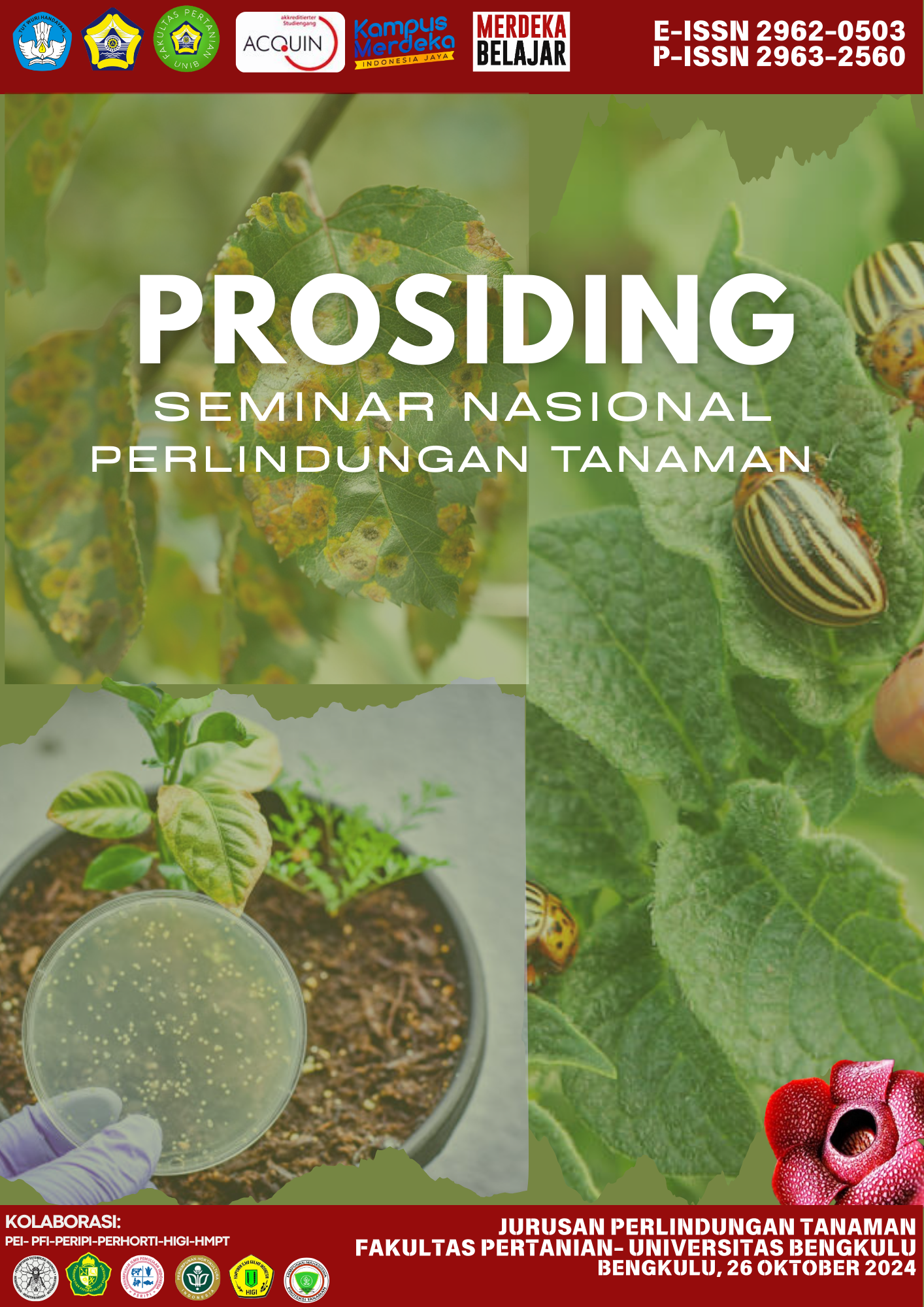Pengaruh Jarak Tanam Terhadap Keragaman Gulma Pada Pertanaman Padi Hibrida Suppadi 56
Keywords:
planting distance; Suppadi 56 Hybrid, weedAbstract
Weeds are one of the pest organisms in rice plants. The spacing used in rice planting will affect the amount of growing space available for weeds. Farmers in Indonesia plant several varieties of rice with different spacing. This research aims to determine the effect of planting distance on the diversity of weeds that grow on Suppadi 56 hybrid rice. The research was carried out from April to August 2020 in rice fields located in Jati, Jaten, Karanganyar, Central Java, Indonesia. This research uses a survey method. Weed data collection uses the quadratic method. carried out in each treatment plot with a plot size of 50 cm x 50 cm. The plant spacing treatment consisted of 3 levels, namely J1 (12 cm x 30 cm), J2 (15 cm x 30 cm), and J3 (18 cm x 30 cm). The results of the research showed that there were 6 species of weeds growing before planting, consisting of 4 species of broadleaf weeds and 2 species of grass weeds. There were 6 weed species that grew in the 12 cm x 30 cm spacing treatment, namely Leptochloa chinensis, Ludwigia hyssopifolia, Cyperus rotundus, Marsilea crenata, Imperata cylindrica, and Althernanthera philoxeroides. There were 6 species of weeds that grew in the 15 cm x 30 cm spacing treatment, namely L. chinensis, L. hyssopifolia, A. conyzoides, C. rotundus, M. crenata, and I. cylindrica. There were 4 weed species that grew in the 18 cm x 30 cm spacing treatment, namely L. chinensis, L. hyssopifolia, I. cylindrica, and A. philoxeroides. The plant spacing treatment of 15 cm x 30 cm can reduce the level of dominance of the L. chinensis weed because it produced the lowest average of SDR, namely 87.42%.







_1.png)



